Since the 1930s, hot rodders and performance car enthusiasts have relied on engine coolants made from a mix of ethylene glycol, water, and corrosion inhibitors. While these water-based coolants do a good job of keeping engine temperatures in check, they fall short when it comes to protection at high operating temperatures and over long periods of time.
It’s the water that is the weak point. Water has excellent heat transfer capabilities, but the typical 50/50 mix of coolant and water has a low boiling point, very close to most engines’ operating temperature. That can cause the coolant to vaporize at normal operating temperatures, leading to overheating and boil-over. Overheating is the most common cause of engine down-time and is responsible for over a third of catastrophic engine failures.
Water in the cooling system also degrades the metals in its components, usually from the inside out. The resulting corrosion, cavitation, and electrolysis issues eventually reduce cooling system efficiency and shorten the life of radiators, water pumps, thermostats, seals, and gaskets.
There is an alternative.
Evans Waterless Coolant has a patented, glycol-based formula that provides excellent protection at high temperatures compared to traditional water-based coolants. Since it has no water, Evans Coolant is non-corrosive, stops electrolysis, prevents cavitation, and will last the life of the engine with no need for additives or regular coolant replacement. That makes it perfect for virtually any vehicle on the road, but is especially ideal for race cars and vehicles like classic cars, street rods, muscle cars, etc. that are stored for extended periods of time.
Here are the major causes of cooling system failures and how Evans Waterless Coolant prevents them from happening.
***
Water Vapor, Killer of Engines
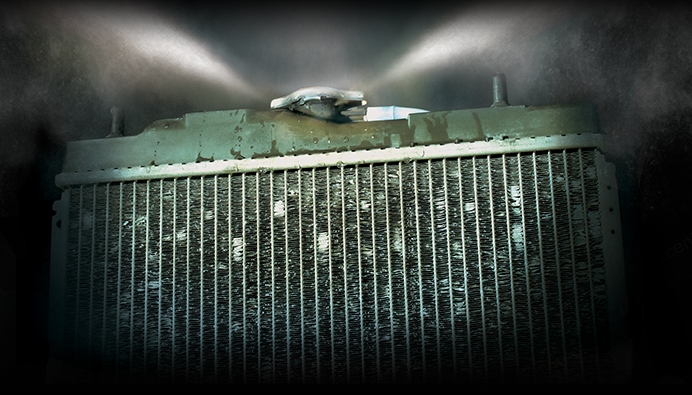
Water’s boiling point is 212 degrees F. Mixing traditional ethylene glycol antifreeze with water in a 50-50 ratio increases the boiling point to 223 degrees F, which is close to the operating temperature of an engine. At that temperature level, water-based coolant vaporizes into steam.
That’s bad, and here’s why. Vapor is about 94 percent less effective than liquid at conducting heat. At its boiling point, water-based coolant is not cool enough to condense the vapor, allowing vapor pockets to form, especially around the hottest parts of the cylinder head(s) where cooling is needed most.
Vapor pockets insulate hot metal from liquid coolant and prevent proper heat transfer. That makes the metal hotter still and the potential for overheating much greater. This overheating and excessive thermal stress leads to several problems:
- Pre-ignition (engine knock) in carbureted engines
- Pre-ignition and detonation
- Reduced combustion efficiency and detonation issues in fuel-injected engines
- Cavitation caused by vapor escaping due to pressure drops in the water pump
- Boil-over during operation and after-boil when the engine is stopped
Evans Waterless Coolant has a boiling point of over 375 degrees F, well above your engine’s operating temperature. That means it will remain a liquid, maintain constant liquid-to-metal contact, and ensure consistent heat transfer.
Eliminating Electrolysis
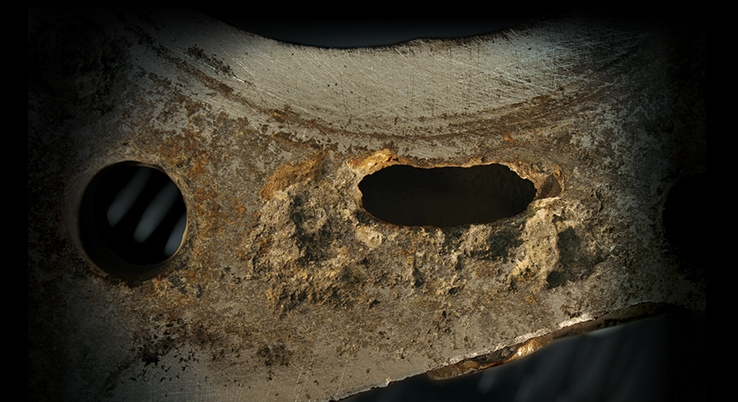
We’ve mentioned that water-based coolants can cause cooling system damage via electrolysis. Electrolysis occurs when electrical currents flow through the system due to voltage differences in the engine water jackets, the radiator, and the heater core. One source of those voltage differences is stray voltage from poorly grounded electrical components. Another is the interaction of dissimilar metals in the cooling system. The coolant acts as an electrolyte, causing one metal to act as a cathode and the other as an anode. Either way, electrolysis can cause corrosion, pitting, flaking, and pinholes in cooling system components.
Since Evans Waterless Coolant has no water, its electrical conductivity is far lower than the typical 50/50 mix of ethylene glycol and water. This virtually eliminates the chances for electrolysis to occur.
Reduced Cooling System Pressure
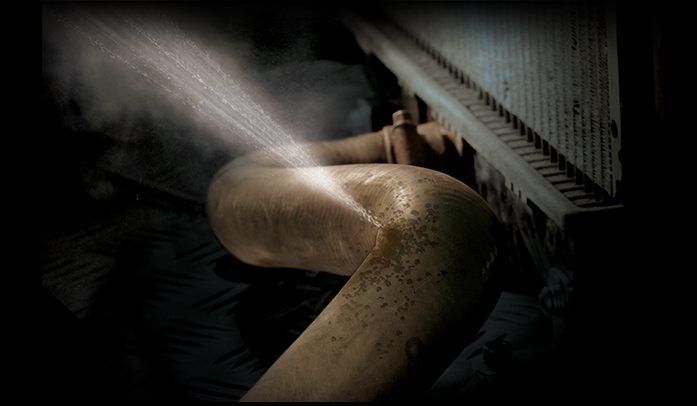
As water heats up and reaches its boiling point, it generates high vapor pressures that exert internal stress on cooling system components. When the engine cools down, the pressure goes down too. This repetitive cycling often leads to metal fatigue and component failure, especially with hoses, water pump seals, and radiator seams.
Because Evans Waterless Coolant has a boiling point above 375 degrees F, it will not vaporize and generate high pressure in the cooling system. In fact, Evans says its coolant can reduce cooling system pressure to as little as two to four PSI. That can extend the operating life of system components by many years, and makes it a lot safer if you ever have to crack open the radiator cap in an emergency while the system is still hot.
Which Evans Waterless Coolant to Use
There are several types of Evans Waterless Coolant to cover a wide range of vehicles. They all work the same way, but have additive packages based on engine type or usage:
- High Performance Waterless Coolant is the original formula waterless coolant. It’s ideal for gasoline and light diesel engines for street, off-road, and racing use. It’s even NHRA-approved.
- Collectors Choice Waterless Coolant is formulated for vintage and classic gasoline vehicles, bikes, and light to medium duty diesel engines that are not driven on a daily basis or are stored for extended periods.
- NPG Waterless Coolant is recommended for racing where propylene glycol-based coolants are allowed but there is a “no ethylene glycol” rule. NPG can be used in high performance street vehicles with high-flow cooling systems.
- Powersports Waterless Coolant is designed for motorcycles, ATVs, UTVs, and other powersports equipment with small, highly stressed engines.
- Evans Heavy Duty Industrial Waterless Coolant is for larger diesel engines with wet cylinder liners as found in Class 8 trucks, heavy construction equipment, agricultural equipment, and heavy-duty generators.
Converting to Evans
Once you’ve decided that switching to Evans Waterless Coolant is the right choice for your engine, all existing water-based coolant must be completely drained from the system. It’s not a difficult process; an overview of the procedure is available on the Evans Cooling website or you can download the complete instructions. Here are some important highlights:
- Evans Waterless Coolant should not be installed in a dirty cooling system. If the system requires cleaning before coolant changeover, do a chemical flush first, then flush the system with water
- Since the cooling system might not drain completely by gravity, Evans Prep Fluid is needed to completely absorb and remove any residual water-based antifreeze. It’s especially useful for engines that have inaccessible block drains.
- A high-volume, low-pressure air source is required to help remove the old coolant. It is safer and more effective than high-pressure compressed air, which can damage cooling system components. A shop vac or a vacuum/blower like those made by Metrovac are recommended.
- When you have finished the conversion to Evans Waterless Coolant, you will need to test it with a refractometer to ensure that the water content is below five percent maximum. Summit Racing carries an Evans refractometer for the job.
- Do not use coolant additives! They will contaminate Evans Waterless Coolant, requiring a complete system flush and coolant replacement
- In general, Evans recommends single-pass radiators with large-diameter tubes as they have less flow resistance than multi-pass radiators.
The following are minimum radiator core suggestions based on horsepower level:
- 300 HP or less without A/C: 4-row copper/brass with 1/2″ tubes
- 300 to 400 HP with A/C: 2-row aluminum with 1″ tubes
- 400 to 600 HP: 2-row aluminum with 1.25″ tubes
- 600 HP and above: 2-row aluminum with 1.5″ tubes or 3-row with 1″ tubes
Check out the video below for a more visual explanation on how Evans Waterless Coolant works.
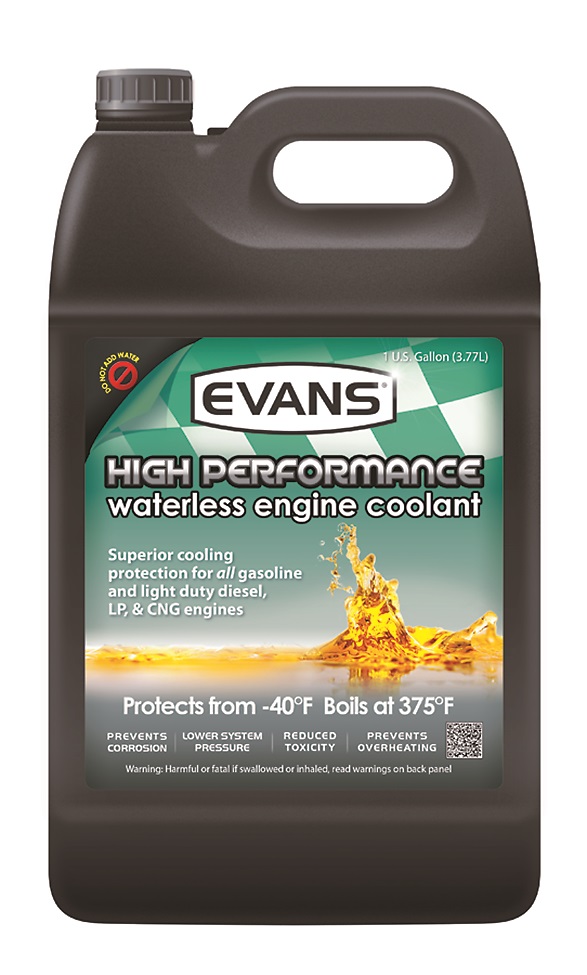
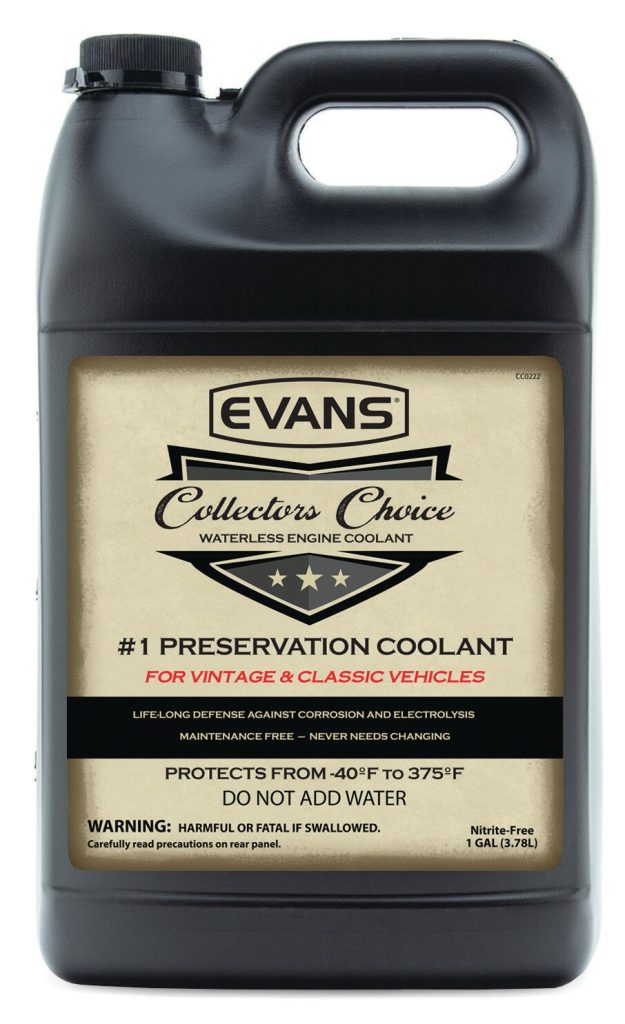
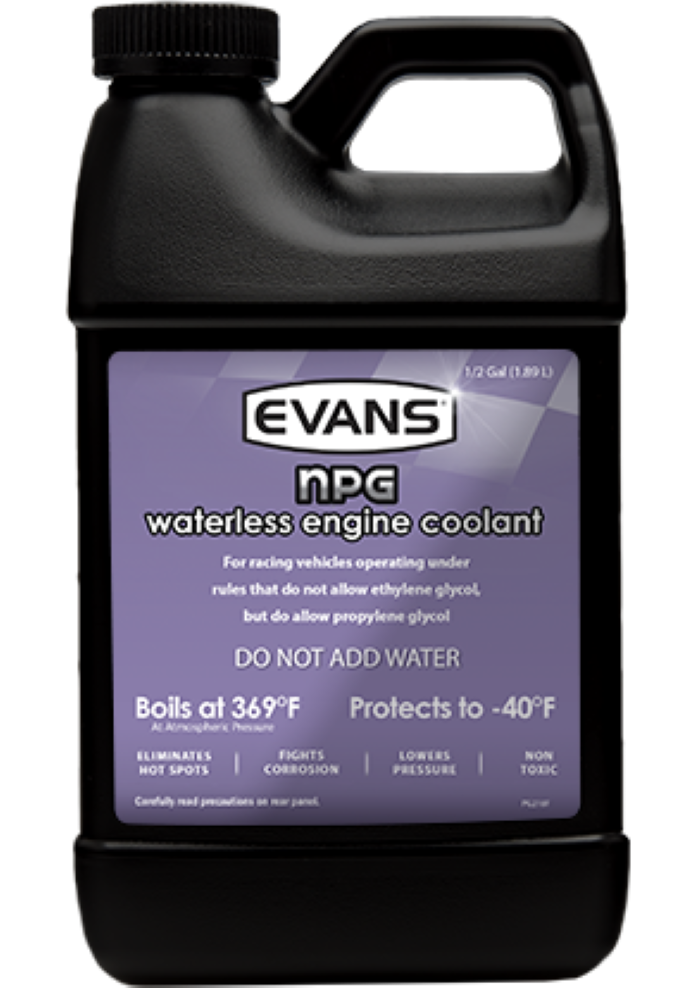
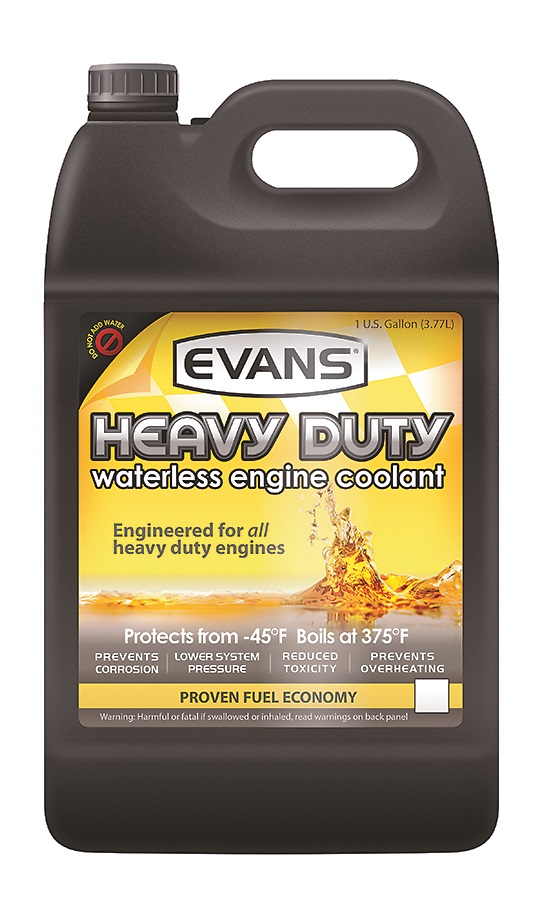
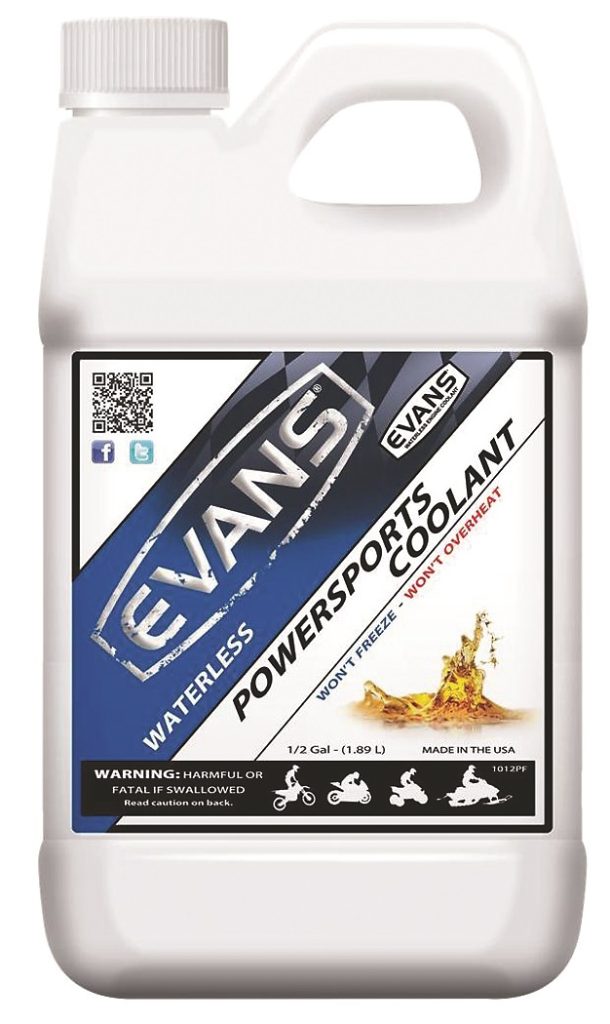
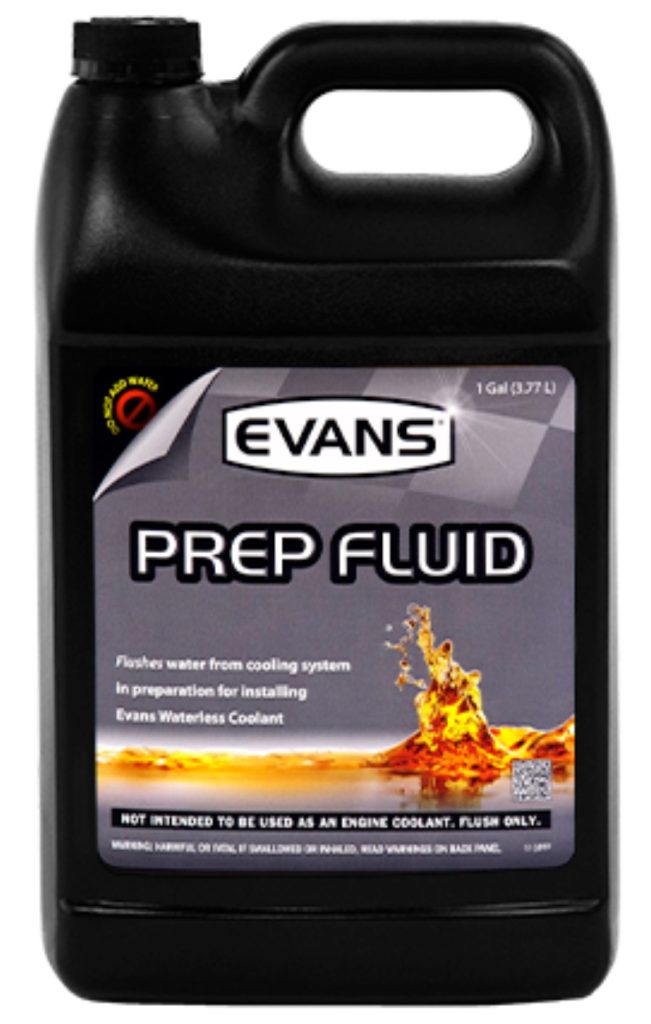
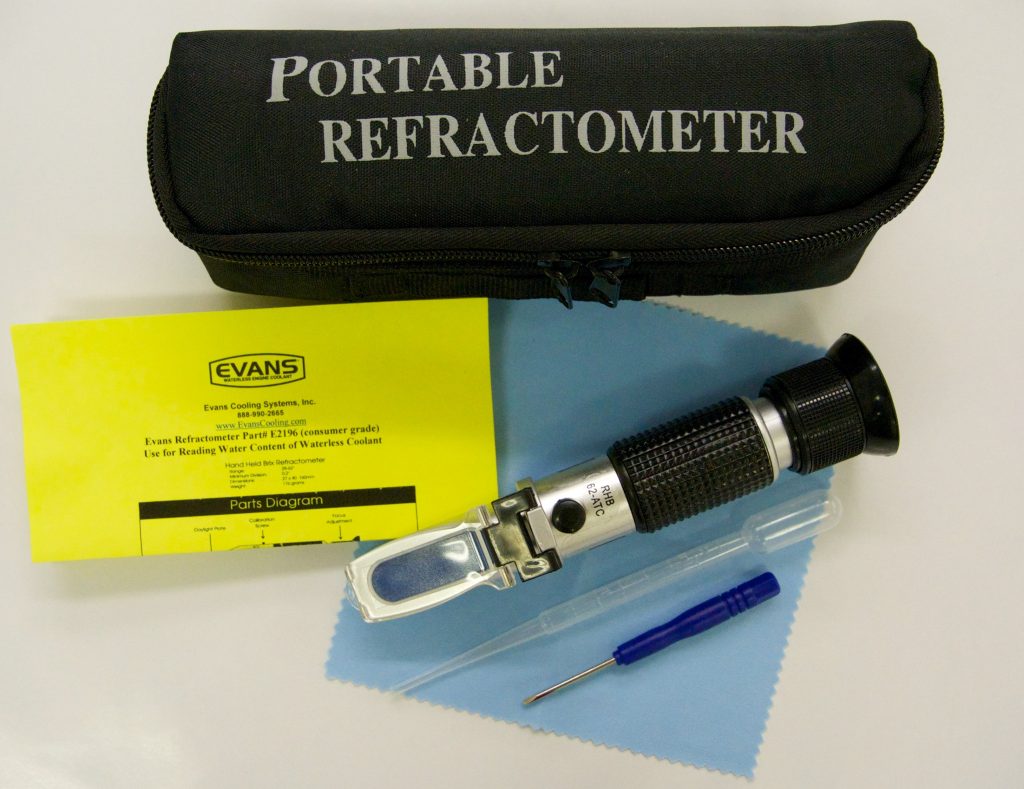

I don’t think so…..not at $45.52 a gal.
Hi,
please, put FACT in your article.
So put Heat Capacity and Heat Conductivity of the waterless coolant at the side of deionized water. 🙂
Express the fact of elevated boiling point in pressurized cooling system (from sea level pressure to 1.5bars)
Look at formula one…. wetting agent + pure water and …. 2.5b pressure cap and an engine water near 120°C 😉
So considering that, choosing a waterless coolant will be much more relevant for a low use, low perfromance old car wich stay mostly parked.
For high performance application, pure watter and wetting agent, high pressurised system and regular fluid change are a clear winner 😉
Monopropylène glycol (main component of the evans waterless coolant) has à heat transfert capacity near the half of pure water ….
If it really works like they say & you never need to flush and change it like todays coolants I would have no problem paying $45.00 a gal.
What about freezing point, for us that live in the mountains.
I use it my 2005 PT GT HO works great. If you’re in the area they will covert it for free outside the price of coolant and prep about $150 a little more then having your coolant flushed but you will never have to flush it again.
After giving Evans a chance and in observation of others. What is the best way to remove and/or flush out Evans from the system to convert back to a water based coolant? Engine temps way too hot, oil temp up as well and oil pressure drops. Maybe OK, but not taking any chances. Your Thoughts
How about dragstrip only were they don’t allow antifreeze , is this product allowed . Most want water only , won’t mess up race surfaces
Dose this have any effect on the expansion tank or does it
to continue to work as before using Evans.
What is the coldest temperature that it works at?
What is the freezing point?
I tried it when it first came out. I had no problems. You need to run a zero pressure rad cap and a over flow just like a water system. Yes it runs warmer, so? And for the past 14 years it hasn’t rusted out anything, while I had to deal with a father who had Alzheimer’s. I put it into a 65 Ford Ranger, for those who don’t know, That’s a f100 with a short bed. The engine is a 351W built to tow a race car and get good milage, I would rather spend my money on other things, (26 mpg while towing). Would I use it again, YES. Oh the reason I haven’t used it lately, I wanted disc brakes, no one made and my friends with mills etc. moved and I didn’t have the time to make the parts. Thanks to Wildwood I’ll soon have on. And I’ll soon have it running again, with the same Evans coolant in it.
I got a big block chevy whit no rad because im running a 871 alcohol fuel injected blower i need i antifreeze that dosent boil and its good to keep my motor not to corrode inside and how can i order a gallon ir 2 thanks
Hey Larry, it’s available right now at SummitRacing.com. Click here to see your options.
Because I dont see it here, Ill add some info, some of which is asked in the comments.
They have a line of coolant listed for race tracks that disallow ethylene glycol based coolants, my experience with their High performance waterless product is that it cleans up really easily with water, and soap when washing hands.
Evans is listed to protect to below -40 degrees F, and is stated to contract not expand when cold. (no more freeze plugs blowing out?)
Its listed to require the use of a prep fluid for “install” of evans, its supposed to remove every last bit of water, but may take a few uses of new fluid to meet the max water content of 3% on a refractometer.
If your engine already has overheating issues, everything I have read suggests you should work to fix that first. A regime of rust removal until the water fills and drains clear is the best BEFORE prepping and installing evans.
Expansion tank works exactly as it does with evans or with 50/50 coolant. (My system still “breaths” between running temp and off for the night. I run a 7PSI cap as that was the lowest I could find for my rad.)
For me the selling point was no water to expand when it freezes and reduced to 0 electrolysis (I started running it with a crate engine, I didnt prep, but I may should have still used the prep fluid) as where im living is regularly gets wind chills from -20 to -50 sometimes for days in the winter and I dont have a garage at home. The stuff flows a little thicker, but nearly as well as water when pouring, and will kinda feel oily if on your hands